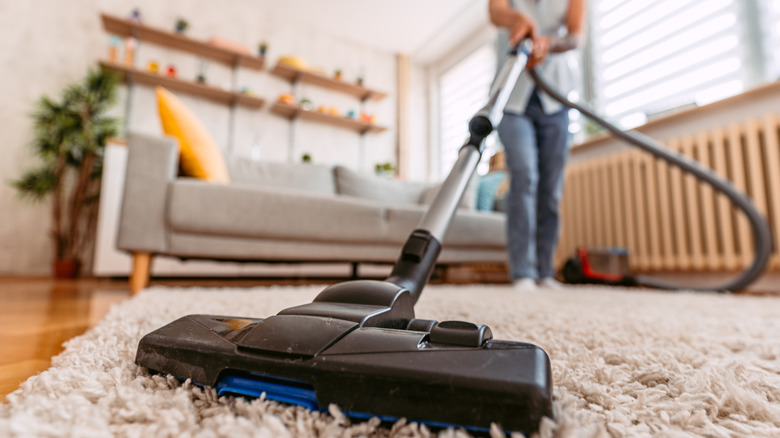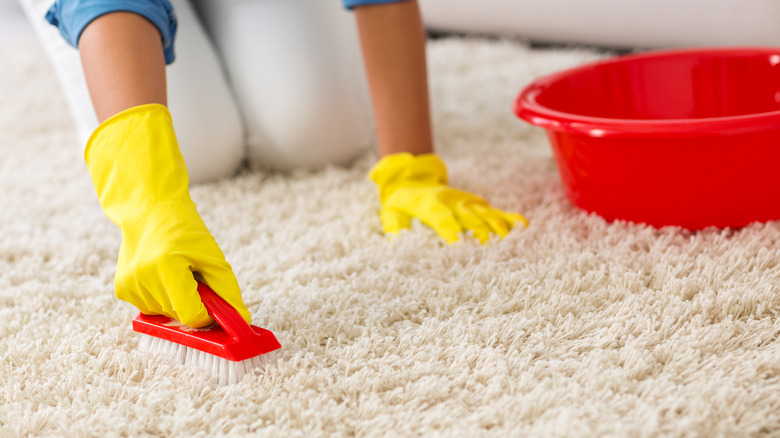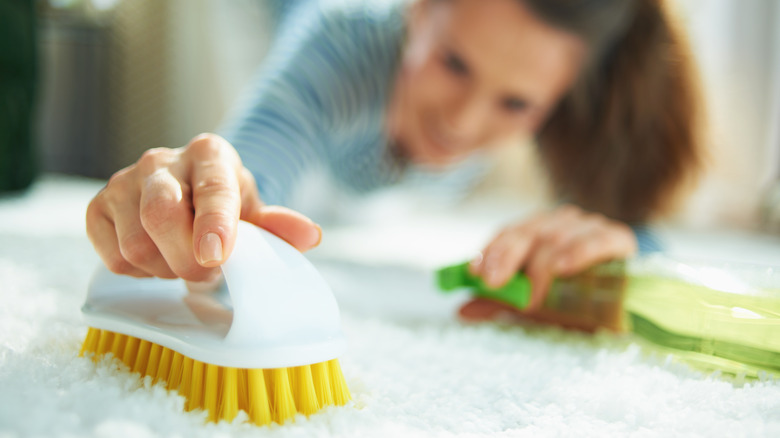The Secret Ingredient That Will Leave Your Dirty Carpets Looking Brand New
Regular carpet cleaning is probably not on the top of your chores list but is nonetheless crucial to maintaining a healthy indoor environment. Carpets trap dirt, allergens, and pollutants over time, which can impact air quality in your home and potentially cause health issues. Routine cleaning, however, removes these contaminants, preventing respiratory problems and allergic reactions. Additionally, clean carpets enhance the overall aesthetic of a space, promoting a more inviting atmosphere. How often you should clean the carpets in your home depends on factors like foot traffic, pets, and the presence of allergens. Generally, high-traffic areas may require cleaning every 12-18 months, while less-used spaces can be cleaned annually. A well-maintained carpet not only extends its lifespan but also contributes to a cleaner and safer living or working environment. One way you can easily clean your carpet is by utilizing a bottle of castile soap.
Castile soap, made from plant-based oils, is an excellent choice for a DIY carpet cleaner. First, it is gentle yet effective, making it suitable for various carpet materials without causing damage. Second, its natural composition minimizes the use of harsh chemicals, reducing environmental impact and potential health risks. Finally, castile soap has versatile cleaning properties, effectively lifting dirt and stains from carpets. Its biodegradable nature aligns with eco-friendly practices, promoting sustainability. Ultimately, the soap leaves behind no harmful residues, ensuring a safe and residue-free carpet after cleaning. The combination of effectiveness, eco-friendliness, and versatility makes castile soap an ideal ingredient for a homemade carpet cleaner.
How to clean your carpet with castile soap
Cleaning a carpet with castile soap is an effective and eco-friendly way to remove dirt, stains, and odors. First, mix a solution of castile soap and warm water. In a bucket or spray bottle, combine ¼ cup of castile soap with one quart of warm water. Stir or shake the mixture well to ensure the soap is fully dissolved. Before applying the soap solution to the carpet, it is important to test it on a small, inconspicuous area first. If there are no adverse effects, you can proceed with deep cleaning the entire carpet.
To clean the carpet, dip a clean sponge or cloth into the soap solution and wring out any excess liquid. Gently scrub the carpet in a circular motion, focusing on stained or heavily soiled areas. Avoid saturating the carpet with too much liquid, as this can be difficult to soak up and dry later. After scrubbing, let the soap solution sit on the carpet for a few minutes to allow it to penetrate and loosen dirt and stains. Then, using a clean, damp cloth or sponge, rinse the carpet by blotting it with plain water. Repeat this rinsing process until all soap residue is removed. Finally, allow the carpet to air dry completely before placing any furniture back on it. Open windows or use fans to speed up the drying process. Once dry, vacuum the carpet again to fluff up the fibers and remove any remaining dirt.
Cautions for using castile soap
When cleaning a carpet in your home with castile soap, it is important to exercise caution to avoid any potential issues. One caution to keep in mind is the risk of over-saturating the carpet with too much liquid. While it may be tempting to use a generous amount of soap solution to tackle tough stains, excessive moisture can lead to mold or mildew growth. To prevent this, it is crucial to use a damp cloth or sponge to rinse the carpet thoroughly after scrubbing with the soap solution. This will help remove any excess soap residue and prevent moisture from lingering in the carpet fibers.
Another caution to consider is the potential for fading or discoloration. Castile soap, especially if it contains essential oils, can have a strong cleaning power that may affect the color of certain carpets. Before applying the soap solution to the entire carpet, it is essential to test it on a small, inconspicuous area first. This will allow you to observe any adverse effects, such as fading or discoloration, and make adjustments accordingly.
Additionally, it is important to note that castile soap is not suitable for all types of carpets. Some carpets, such as those made of long, delicate, or natural fibers, may require specialized cleaning methods or products. Before using castile soap on your carpet, check the manufacturer's instructions or consult a professional to ensure that it is safe and appropriate for your specific carpet type.


